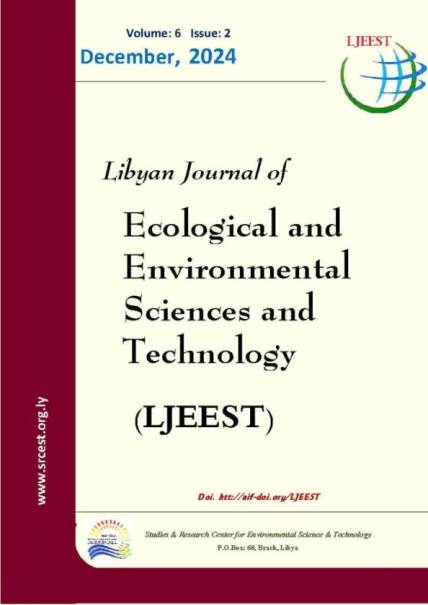Membrane-Based Carbon Dioxide Capture from Air: Performance Evaluation and Energy Considerations in Complete Mixing and Crossflow Models
DOI:
https://doi.org/10.63359/32hn5123Keywords:
Membrane, Direct air capture, Carbon dioxide removalAbstract
This study investigates the utilization of membrane processes for the direct capture of carbon dioxide (CO2) from air, a technology of increasing interest for reducing greenhouse gas emissions. However, its adoption remains controversial within the engineering community due to the high dilution level of CO2 in air. The research focuses on evaluating the separation performance of a membrane unit for CO2 capture from air, taking into account the influence of membrane material properties and operating conditions on energy requirements. The models considered in this paper are complete mixing and crossflow models. As for the methods used for estimating both models are Excel Sheet and Polymath Software, respectively. The findings indicate that membranes necessitate either high selectivity and carbon dioxide permeance or a lower pressure ratio (permeate to feed pressure) to achieve higher purity in a single stage. When comparing the mole fraction of carbon dioxide in the permeate side at the crossflow model, the results exhibit an 8.2% percent error compared to the literature value of 6000 ppm. The study provides insights into the capabilities and limitations of membrane technology for direct CO2 capture from air. However, from a practical standpoint, the achievable CO2 purity level (5506ppm) may be deemed insufficient for various target applications.














